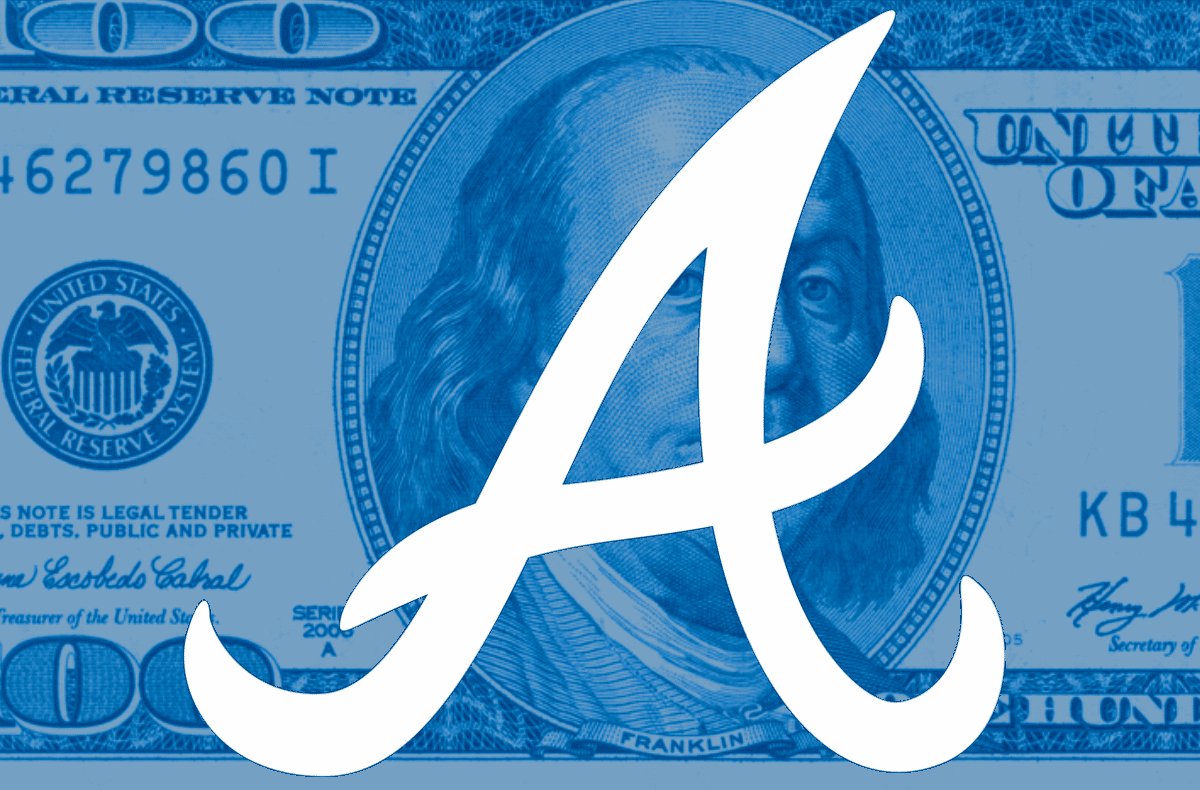
For as long as there have been professional sports, there have also been media outlets to cover them. This coverage, however, has consistently evolved and changed over time, largely propelled by technological advancements that have broadly impacted the overall media landscape. Simply put, first there was print, then radio, followed by television, next up came the internet, and now we find ourselves in a world where an amalgamation of mediums are intersecting in the same space.
What this has meant for sports has been nonstop coverage and continued, ever-growing popularity. What started with small sports columns in broader publications has developed into entire media empires. Perhaps the greatest turning point came with the launch of ESPN in 1979. However, the biggest shift bringing us to where we find ourselves today is that technology has made the barrier for entry into sports coverage incredibly low, as anyone can launch a blog or a podcast.
This article, however, is not an analysis on technology and how the evolution of communications formats has impacted the media space—that is a separate conversation. What is particularly interesting is reflecting on how unprecedented accessibility to create one’s own content has shifted the way athletes are engaging in what has been popularly dubbed “new media”: under this paradigm shift, instead of having their narratives shaped and controlled by media companies, athletes are now able to dictate their own content and image directly.
One of the first major mavericks in the mission to reclaim the athlete-controlled narrative came from none other than Yankees’ Hall of Fame shortstop Derek Jeter. As his playing career— which included elevated attention within one of the world’s toughest media markets—concluded, Jeter launched The Players’ Tribune in 2014. The idea and mission was simple: long-form, first-person narratives that would be authored by athletes to tell their own stories using their own words. This evolved from print to include video and audio across all digital channels. The company’s success wasn’t a threat to traditional media, but it showcased that there was a different way that could also exist.
From this point forward, the number of athletes starting their own media companies has grown in size. Arguably the gold standard—which should come as no surprise—is Lebron James’ SpringHill Company. SpringHill serves as a holding company of sorts for James’ many off-court companies, ranging from his branded content firm, Uninterrupted, to his marketing agency, The Robot Company, and SpringHill Productions. The success of these companies, producing marketing campaigns, branded content, and feature films, has played a massive role in allowing James not only to have more control of his own public narrative but in making him the first-ever active athlete to become a billionaire.
Launching a successful media company is not an exclusive endeavor for hall-of-fame athletes who are all-time greats in their sports. The medium where this has become most evident across is podcasting, the format with perhaps the lowest barrier for entry given the minimal technical equipment required and ease with which anyone can publish and share their work. Accordingly, athletes—both active and retired—are not only launching their own podcasts, but also are taking autonomy over the distribution and production companies that accompany these shows.
A prime example of this is JJ Redick’s popular podcast, The Old Man and The Three. Following years of producing content and shows under the umbrella of Bill Simmons’ The Ringer, Redick launched this show with co-host and business partner Tommy Alter under his own media company, ThreeFourTwo Productions. The success of the show, along with the video content and other podcasts they produce, led to an exclusive ad sales and distribution partnership with Amazon that allows Redick to focus on controlling and developing whatever content he wants. Other athletes, such as CC Sabathia, who previously distributed his podcast R2C2 under The Ringer and The Players’ Tribune before going out on his own, are following similar paths in a trend likely to continue.
All things considered, we are still in the very early stages of athletes developing, launching, and owning their own media companies. With no shortage of distribution channels, it has been refreshing to see the way this approach to new media can continue to exist and evolve alongside legacy media. That said, there is no denying the upward trajectory of such independent production ventures as being lucrative opportunities any savvy athlete should consider. Recently, Draymond Green filed trademark applications for “Green 23” and “The New Media by Draymond Green,” indicating this superstar is planning to take a similar approach to building his own media business as James.
In the coming years, it will be worth watching to see if this trend proves sustainable long term, or if this is more of a passing fad. It’s my belief that the former is the more viable path ahead, and that, to remain relevant and profitable, legacy media will have to find a way to incorporate new media as a very real element of their portfolios to retain key athletes’ voices and perspectives.



